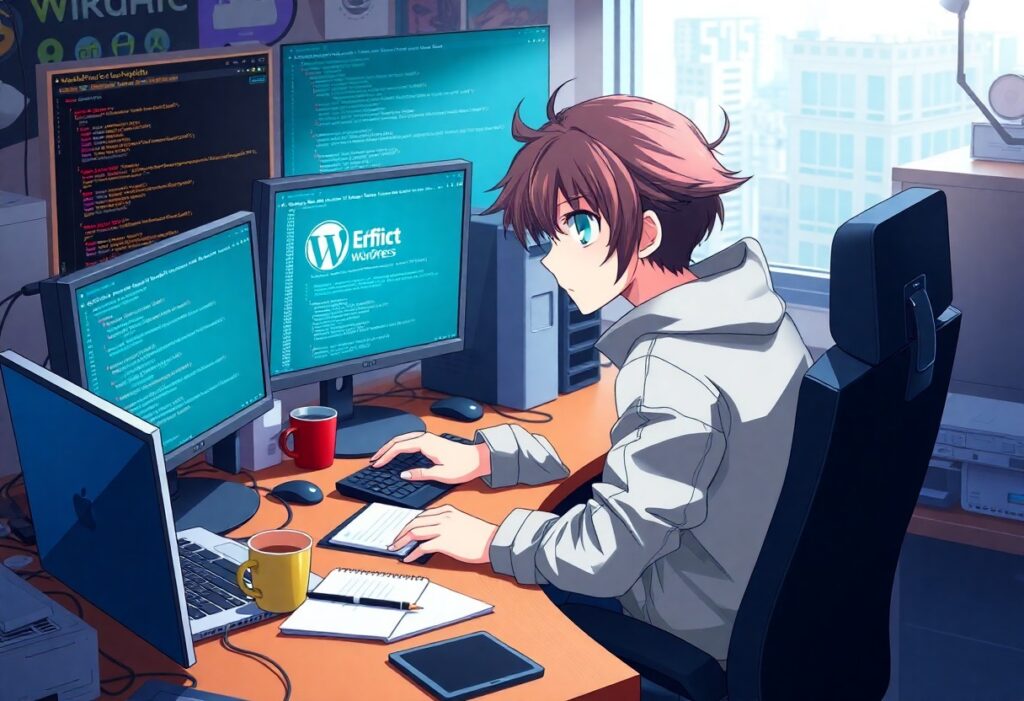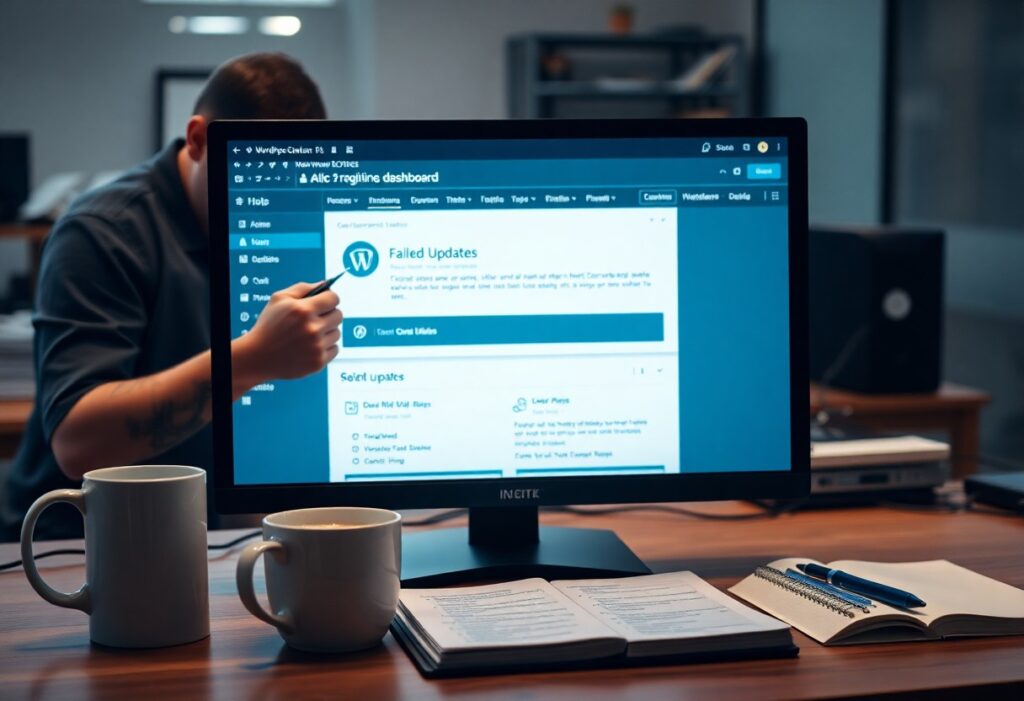Effective management of WordPress critical errors can enhance your website’s performance and improve user satisfaction. If you encounter a critical error while using WordPress, don’t worry. This guide will walk you through the steps to identify the issue, troubleshoot effectively, and resolve it like a pro.
The first step in addressing a critical error is to understand what it usually entails. You might see a message that tells you there has been a critical error on your website, often accompanied by a suggestion to check your email for further details. If you don’t receive an email, you will need to enable error reporting to gain insight. To do this, access your FTP server via an FTP client or your hosting provider’s file manager, and locate the “wp-config.php” file. Open this file and add the following line before “That’s all, stop editing!”: define('WP_DEBUG', true);. Save the changes and reload your website to see more detailed error information.
Once you have the error message, the next step is to identify its origin. Common sources include conflict between plugins or themes, PHP memory limit issues, or issues with your WordPress core files. Start by disabling all of your plugins. You can do this by renaming the “plugins” folder in your wp-content directory. If the error resolves itself, then one of your plugins is likely the culprit. Rename the folder back to ‘plugins’ and activate each plugin one by one until you find the one causing the issue.
If the error persists after disabling plugins, your next focus should be on your theme. Temporarily switch your theme to one of the default WordPress themes, such as Twenty Twenty-One. If this resolves the error, then the issue lies with your theme, and you may need to contact the theme developer for assistance or consider switching to a different theme.
Another potential area to examine is the PHP memory limit. If your site exceeds the allocated memory, it could lead to a critical error. To check and increase the PHP memory limit, add the following line in the “wp-config.php” file: define('WP_MEMORY_LIMIT', '256M');. This may vary depending on your hosting provider, but increasing it should help if this is the source of your problem.
If none of the above methods solve the critical error, you may need to check for corrupted core WordPress files. To do this, download a fresh copy of WordPress from the official website and upload the “wp-includes” and “wp-admin” folders to your server, replacing the existing folders. This will ensure you have clean and updated core files.
Finally, if you still cannot solve the issue, consider checking for server-related issues or reaching out to your hosting provider’s support. They may have insights or tools to help you analyze server logs, identifying specific issues impacting your WordPress installation.
By following these guided steps, you will not only tackle WordPress critical errors but also improve your troubleshooting skills, enabling you to handle future issues with confidence.




